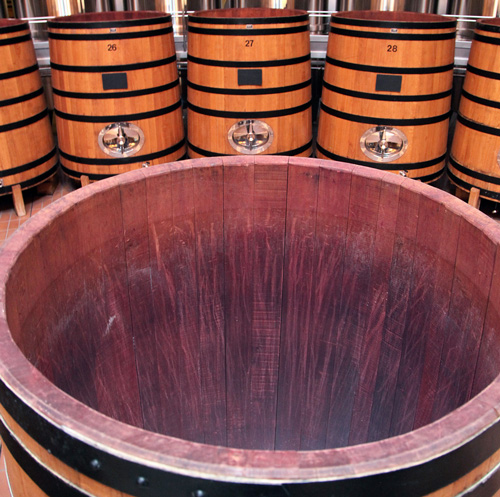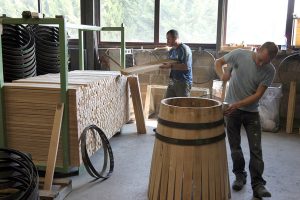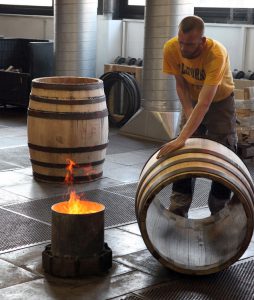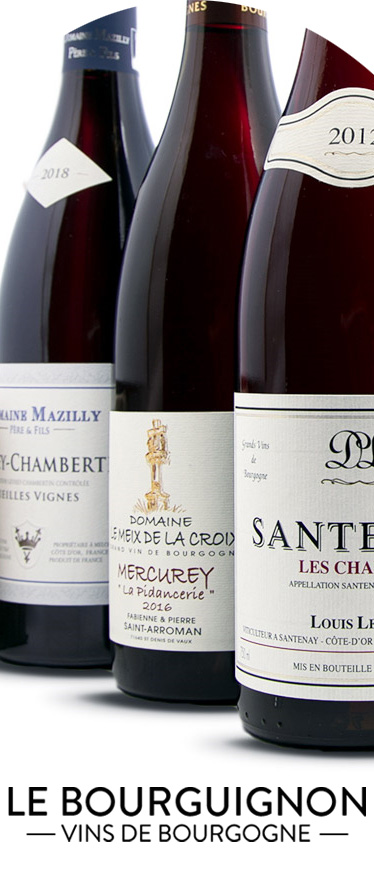
Ageing in oak barrels for wine is an exception: on average in the world only 1% of wines are aged in barrels.In France it is three times more, but it is obviously still very minority. Some of the most renowned regions use the Barrel in a much more marked way, such as Bordeaux or Burgundy.
This is for several reasons: not all wines accept this type of ageing, and of course the use of noble wooden barrels will outbid the price of the wine, so it must be wines of a good level whose selling price can justify the acquisition of barrels, usually oak.
What is the point of using wooden barrels for wine ageing?
- On the one hand, the gas exchanges will not be the same between the wine and the outside with wood compared to tanks made of inert materials such as stainless steel, cement or fiberglass;
- On the other hand, aging in oak barrels brings complementary aromas to the wine, which can be very sought after: vanilla, brioche, butter, coffee, roasted notes… it also works very well with some grape varieties, including Chardonnay and Pinot Noir (mainly used in Burgundy).
- And among the interests, the wood of the oak contains tannins that can also bring a complement of structure to the wine. Wood can also be responsible for a renewed flexibility and roundness.
Why not systematically use barrels to age the wine?

First, not all wines have the material to accept aging in barrels. wines that are relatively simple in aromatic terms and have little structure will completely give way to the barrel and will therefore be denatured. In the same idea, in the first years after ageing the woody will be relatively marked in the wine. Wines that are drunk rather young will generally be entitled to aging in vats, which precisely preserves freshness.
On the other hand, the barrel is to be handled with care and sparingly: a barrel already used will mark the wine much less than a new barrel. The winemakers will therefore create blends that will use several parts, some new, others with a year of use, others up to 3 years or more. Size will also be a criterion, the smaller the barrel, the more it will have a significant impact on the wine. There are barrels with a capacity of 228 liters (the most common in Burgundy), but also 600 liters, and even barrels that can hold several thousand liters and that will be kept for many years (see the types of barrels and capacity below).

When the winemaker buys new barrels, he will also ask for very precise manufactures from his cooper: a true artist of wood, his mode of realization will determine the result: a soft and slow heating will give subtle and delicate aromas, while a stronger heating will accentuate the grilled and roasted side. The quality of the wood species will also play a role, the most prestigious oaks being from the forests of Aisne or Limousin in France.
It is a real partnership that is played between winemaker and cooper and that will be decisive for the final result!

